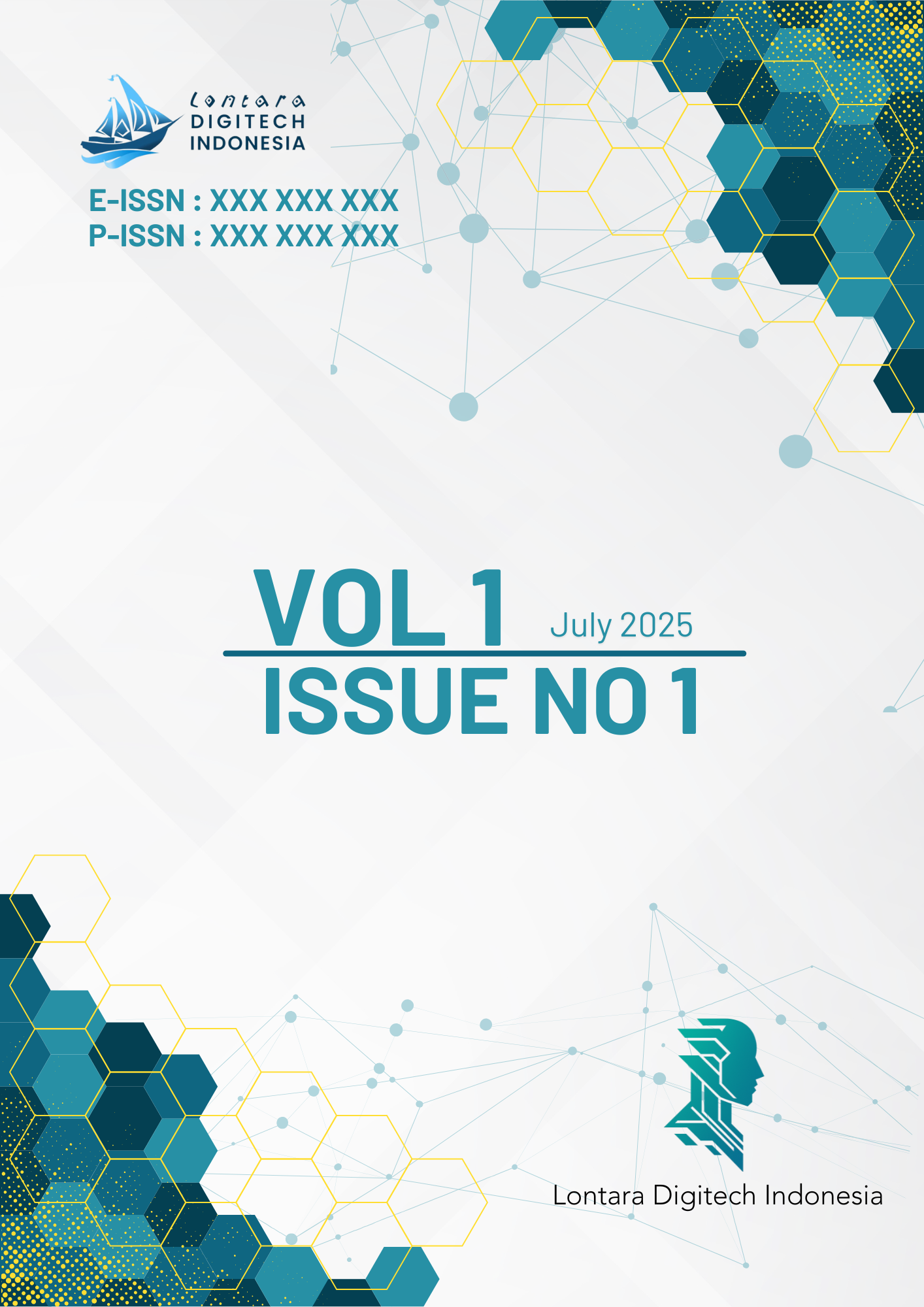Analyzing the Continuance Intention to Use AI News Anchors for Daily Information Needs: An Expectation Confirmation Theory Approach
Keywords:
Artificial Intelligence (AI), AI News Anchors, Audience Perception, Media Innovation, News Broadcasting TechnologyAbstract
The development of artificial intelligence (AI) technology has brought significant changes in the broadcasting world, one of which is the emergence of AI-based news anchors. This technology allows news delivery by virtual characters capable of conveying information with voice and expressions almost identical to humans. Although it provides efficiency and consistency in news presentation, its impact on the emotional connection between the audience and the news anchor, as well as the ethical and legal issues that arise, has not been widely studied. This research aims to assess how audiences receive the use of AI as news anchors and measure its influence on audience satisfaction and intention to use the technology. Using a quantitative approach, this study explores audience perceptions regarding trust, information quality, and innovation in the context of news broadcasting. It is expected that the results of this research will provide deeper understanding about the acceptance and challenges faced by AI news anchors in the future media industry
Downloads
References
[1] B. Masyarakat, S. Teknologi, and X. M. Wang, “AI Anchors’ Development Status and the Prospect of Traditional Hosts in the Era of Artificial Intelligence,” Frontiers in Social Science and Technology, vol. 5, no. 1, pp. 30–34, 2023, doi: 10.25236/fsst.2023.050106.
[2] W. Erka, “Keterampilan Berbahasa Presenter Penyaji Berita,” vol. 4, pp. 235–241, 2015.
[3] P. Berita, B. Ai, B. Kinerja, and S. Jurnalistik, “Jurnal,” vol. 1, pp. 29–42, 2024.
[4] D. Sulistyawati Handayani, R. Kaunang, S. Sondang, and I. Irwansyah, “Manfaat dan Potensi Masalah Penggunaan Kecerdasan Buatan (AI) dalam Komunikasi Publik,” Co-Value: Jurnal Ekonomi Koperasi dan Kewirausahaan, vol. 14, no. 12, 2024, doi: 10.59188/covalue.v14i12.4334.
[5] D. Menarik and M. Menonton, “3 1,2,3,” vol. 2, no. 1, pp. 55–63, 2023.
[6] A. Aliffudin, “Kebijakan Etis Redaksional Tv One Dalam Penggunaan Avatar Artificial Intelligence Sebagai News Caster,” 2024. [Online]. Available: https://repository.uinjkt.ac.id/dspace/handle/123456789/76907
[7] Y. M. Harahap and W. T. Rahmawati, “Penggunaan Aplikasi Edit Video Berbasis AI untuk Proyek Video News Anchor pada Mata Kuliah Speaking in Professional Context,” Wahana: Jurnal Pengabdian Kepada Masyarakat, vol. 3, no. 1, pp. 5–10, 2024, doi: 10.56211/wahana.v3i1.569.
[8] G. Puccetti, A. Rogers, C. Alzetta, F. Dell’Orletta, and A. Esuli, “AI ‘News’ Content Farms Are Easy to Make and Hard to Detect: A Case Study in Italian,” 2024. [Online]. Available: http://arxiv.org/abs/2406.12128
[9] J. Eckroth, L. Dong, G. Smith, and B. G. Buchanan, “Layanan Berita AI,” pp. 43–54, 2012.
[10] A. Repec and P. Munich, Penelitian Kuantitatif: Sukses Investigasi di Alam dan Sosial Sains, vol. 9, no. 105149. 2021.
[11] Y. Huang and Z. Yu, “Understanding the Continuance Intention for Artificial Intelligence News Anchor: Based on the Expectation Confirmation Theory,” Systems, vol. 11, no. 9, 2023, doi: 10.3390/systems11090438.
[12] “Paket ‘latent2likert’ 24,” pp. 1–11, 2024.
[13] G. L. Theodori, “Pandangan Lain tentang Skala Likert,” Jurnal Ilmu Sosial Pedesaan, vol. 31, no. 3, 2016.
[14] W. Budiaji, “Skala Pengukuran dan Jumlah Respon Skala Likert,” Jurnal Ilmu Pertanian dan Perikanan Desember, vol. 2, no. 2, pp. 125–131, 2019, [Online]. Available: http://umbidharma.org/jipp
[15] L. D. Martias, “Statistika Deskriptif Sebagai Kumpulan Informasi,” Fihris: Jurnal Ilmu Perpustakaan dan Informasi, vol. 16, no. 1, p. 40, 2021, doi: 10.14421/fhrs.2021.161.40-59.
Downloads
Published
Issue
Section
License
Copyright (c) 2025 Alyah Rahayu, Andika Isma, Fitra Ramadani

This work is licensed under a Creative Commons Attribution-ShareAlike 4.0 International License.






